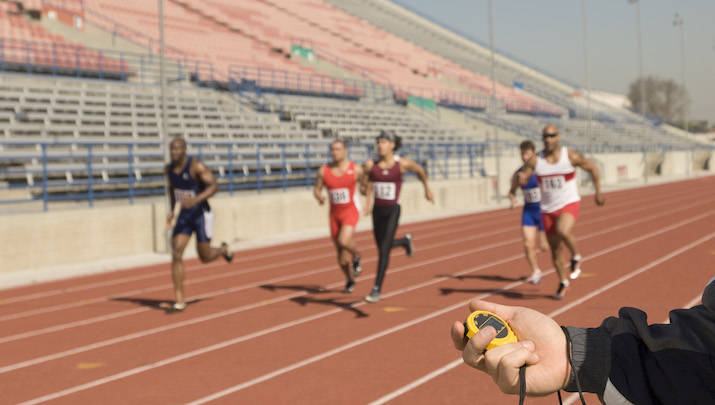As kids, whether you were active and into sports or not, we all had to participate in gym class. As we get older, physical education becomes less about playing dodgeball and more about health and fitness. In high school, most of us had to go through the dreaded fitness test – flexibility, push up, sit up and beep tests are probably familiar concepts for most people. And if you were a kid involved in sports, you probably had to do similar tests outside of school. Many coaches will put their athletes through a ‘combine’ style trial at set points throughout a season to track progress and identify weaknesses.
Benefits of Fitness Tests
Fitness tests can bring out a competitive side in a lot of kids, but most were likely just trying to get through it to pass class. That competitive element that some of us experience is an invaluable motivator for not just kids and teens, but into adulthood as well. If we can tap into this natural inclination to compete and better ourselves based on objective, trackable standards, it can drive us to keep health and fitness a top priority in our lives for years to come.
So how do you take advantage of this as an adult? It’s not like groups of adults are meeting twice a year and being put through a beep test. However, in a way this is happening with the popularity surge in CrossFit. CrossFit workouts and competitions are basically a test of different aspects of fitness. Reps and time are all tracked and monitored. If CrossFit isn’t for you, the same practice can be applied to just about any type of exercise. Simply decide on a handful of tests that relate to the areas you want to progress in. Test your abilities, write them own, set goals for where you want to be after a certain stretch of time and test yourself at pre-determined intervals. Testing yourself everyday isn’t a great idea since progression is rarely linear, unless you are a complete newbie in your given activity.
There Are Many Tests out There. Try Them!
For example, if you are a runner with the goal of completing a 5k in under 30 minutes, some related tests you could track would be 200m sprint time (speed), The Thomas Test or sit-and-reach (flexibility/mobility), plank hold (core strength) and of course, the 5k itself. If you have a race in 4 months, test yourself at the start of your training cycle and then again every 4 weeks. This will give you visibility on areas that need extra work and show you the results of your hard work to increase confidence leading up to the event.
Speaking of 5k races, one of the best ways to ‘test’ your fitness is through competition. This is the ultimate motivator for many people. If you have a competitive streak at all, this strategy will keep you on track with your fitness goals better than anything else. So sign up for that race or CrossFit competition and get to training!




